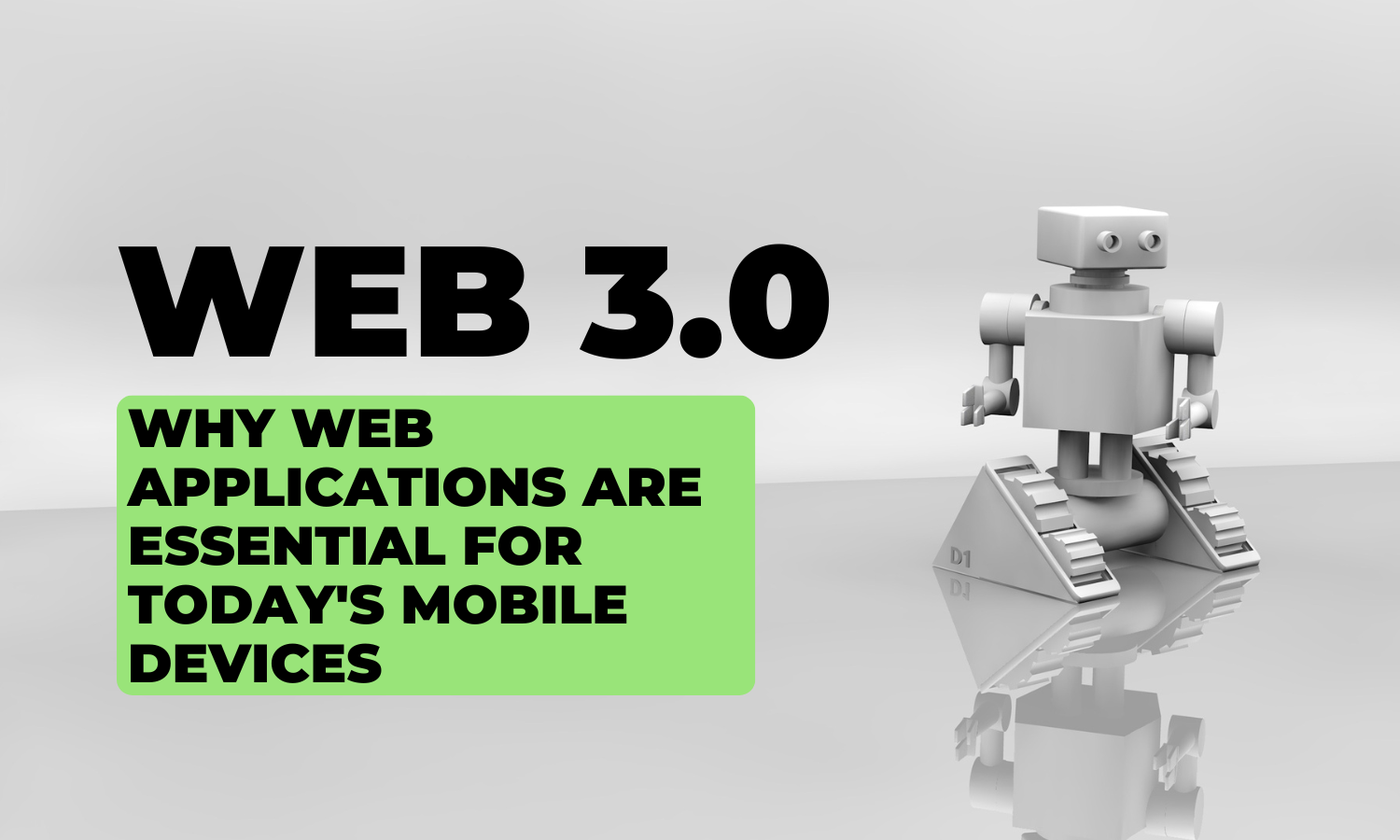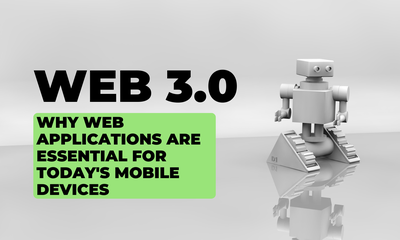By JoeVu, at: 15:55 Ngày 21 tháng 5 năm 2023
Thời gian đọc ước tính: __READING_TIME__ phút


By JoeVu, at: 15:55 Ngày 21 tháng 5 năm 2023
Thời gian đọc ước tính: __READING_TIME__ phút


